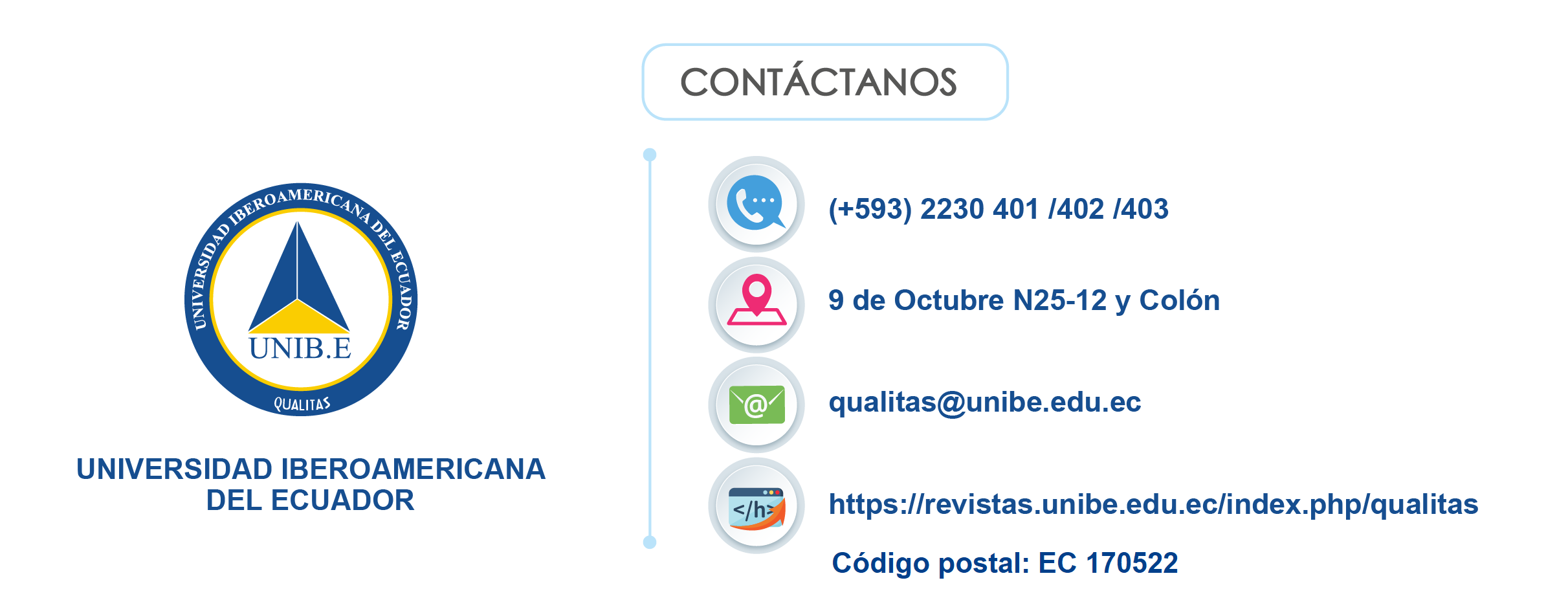National leveling and admission system to higher education in Ecuador: analysis of affirmative action measures from a gender and intersectional approach
Keywords:
gender approach, intersectionality, affirmative action measures, higher education, leveling and admission system.Abstract
This paper analyzes whether the affirmative action measures have been observed in their formulation and positivization of the gender and intersectional perspective, considering their approval in the Regulation of the National Leveling and Admission System, 2019 (Secretary of Higher Education, Science, Technology and Innovation - SENESCYT, 2019). This is achieved through a deductive and comparative study of the normative bodies in the matter of human rights. To close the gap in higher education access for the diversity of women demands actions such as: a) A preliminary study of the problem to be addressed through affirmative action measures, b) Participation of the different women, considering their heterogeneity and the multiplicity of environments, c) To transversalize the gender approach throughout the Rule; and, d) To recognize the temporary and complementary nature of the measures, establishing parameters for their evaluation and issuing other norms to warantee the equity access to higher education.
Downloads
References
Comité de Derechos Económicos, Sociales y Culturales (1999). Observación general No. 13: El derecho a la educación, 21º período de sesiones.
Comité de Derechos Económicos, Sociales y Culturales (2005), Observación general No. 16, La igualdad de derechos del hombre y la mujer al disfrute de los derechos económicos, sociales y culturales, 34º período de sesiones.
Comité para la Eliminación de la Discriminación Racial (2000), Recomendación general No. 25, Recomendación general Nº XXV relativa a las dimensiones de la discriminación racial relacionadas con el género, 56º período de sesiones.
Comité para la Eliminación de toda Discriminación contra la Mujer (2004), Recomendación general No. 25, sobre medidas especiales de carácter temporal, 20º período de sesiones.
Constitución Política de la República del Ecuador, Registro Oficial 1 de 11-ago.-1998, derogada
Convención Interamericana para prevenir, sancionar y erradicar la Violencia contra la Mujer "Convención De Belem Do Para" Registro Oficial 717 de 15 de Junio de 1995.
Convención Sobre Eliminación de Toda Discriminación Contra La Mujer, Registro Oficial 108 de 27 de Octubre de 1981
Corte Interamericana de Derechos Humanos (2015). Caso Gonzales Lluy y otros vs. Ecuador, Fondo, Reparaciones y Costas, sentencia de 1 de septiembre de 2015
Crenshaw, K. (1989) Demarginalizing the Intersection of Race and Sex: A Black Feminist Critique of Antidiscrimination Doctrine, Feminist Theory and Antiracist Politics, University of Chicago Legal Forum, 1, 139-167.
Instituto Nacional de Estadísticas y Censos (2018), Atlas de Género. En http://www.ecuadorencifras.gob.ec/documentos/webinec/Bibliotecas/Libros/Atlas_de_Genero_Final.pdf
Ley Orgánica de Educación Superior, Registro Oficial Suplemento 298 de 12-oct.-2010
Ley Orgánica Integral para Prevenir y Erradicar La Violencia contra las Mujeres, Registro Oficial Suplemento 175 de 05-feb.-2018
Ministerio de Salud Pública (2017), Plan Nacional de Salud Sexual y Reproductiva 2017-2021. En https://ecuador.unfpa.org/sites/default/ files/pub-pdf/PLAN%20NACIONAL%20DE%20SS%20Y%20SR%202017-2021.pdf
Palermo, A. (2006) El acceso de las mujeres a la educación universitaria, Revista Argentina de Sociología Año 4 Nº 7, 11-46
Naciones Unidas (1995), Declaración y Plataforma de Beijing, 4 a 15 de septiembre de 1995, (A/CONF.177/20/Rev.1), Nueva York
Reforma Reglamento General de la Ley Orgánica Integral para Prevenir y Erradicar la Violencia contra las Mujeres , Decreto Ejecutivo 460, de 14 de agosto de 2018
Reglamento General de la Ley Orgánica Integral para Prevenir y Erradicar la Violencia contra las Mujeres Decreto Ejecutivo 397, 15-jun.-2018
Rey Martínez, F. (2007) Igualdad y Prohibición de Discriminación: De 1978 A 2018, Universidad Nacional de Educación a Distancia UNED, Revista de Derecho Político N.º 100, septiembre-diciembre 2017, págs. 125-171
Secretaria de Educación Superior, Ciencia Tecnología e Innovación (2016), Informe SNIESE, 2010 – 2015. En http://www.senescyt.gob.ec/visorgeografico/
Special Rapporteur On Violence Against Women – SRVAW, (2009), “15 years of The United Nations Special Rapporteur on Violence Against Women, Its Causes and Consequences”
Young, I. (2014) Five Faces of Opression, in Maree Heldke, Lisa; O'Conor, Peg. Oppression, Privilege, and Resistance: Theoretical Perspectives on Racism, Sexism, and Heterosexism. McGraw-Hill. pp. 37–63.
Published
How to Cite
Issue
Section
License
Copyright (c) 2020 Dr. Thelman Cabrera; Mg. Maria de Lourdes Miranda Garces

This work is licensed under a Creative Commons Attribution 4.0 International License.



















